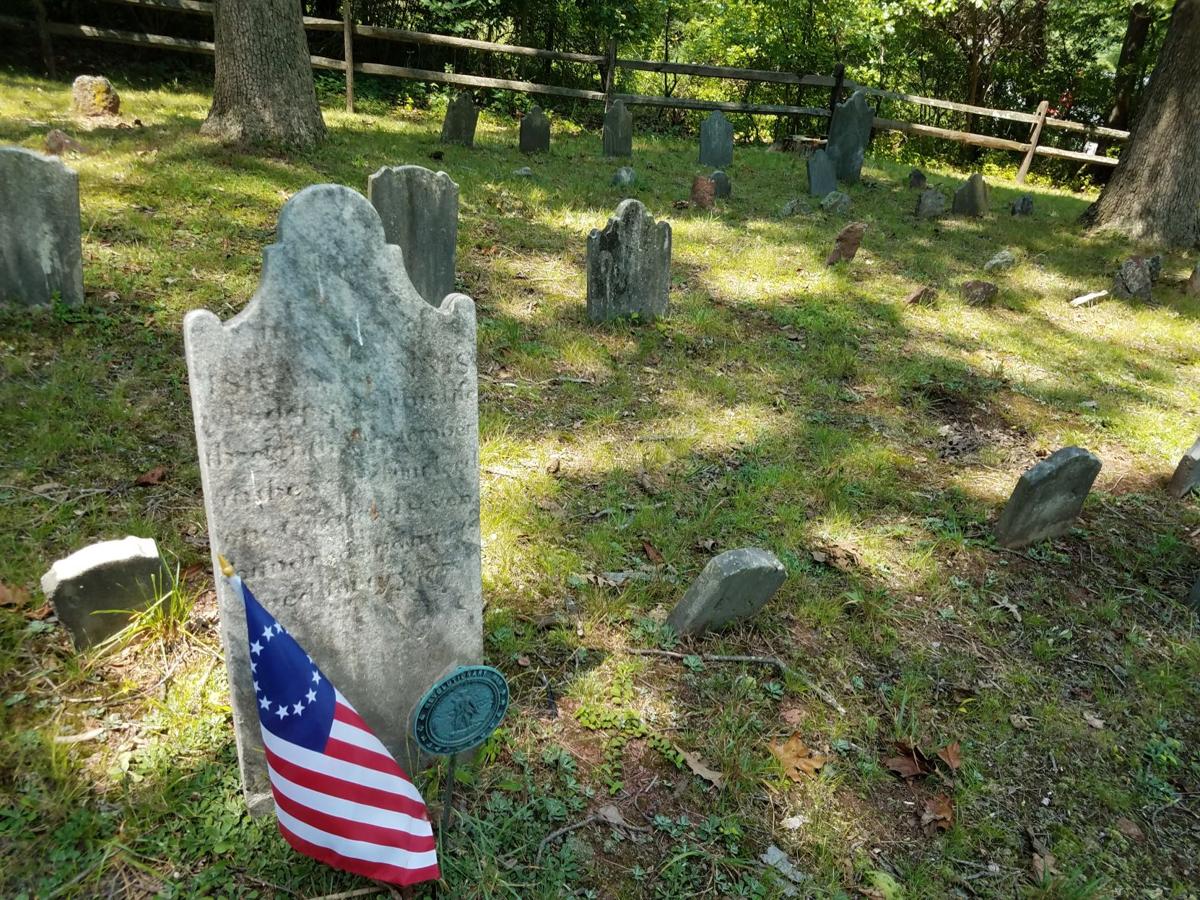Tennis-Lukens Cemetery Veterans Memorial Park in Towamencin Township
Traditionally the Morgan Log House has an event Memorial Day weekend to honor those who died while fighting for our country called Military Might. Due to the necessity of self-distancing to prevent the spread of COVID-19, we have been closed to the public and have cancelled our annual Military Might event. In spite of that, we thought we would share with you a little-known family cemetery and place a spotlight on some of these early, local veterans.
History
The historic Tennis-Lukens cemetery is located along Allentown Road, at Drake’s Corner, about one quarter mile north of the intersection with the Forty Foot Road (Rte 463), in Towamencin Township, Montgomery County, PA. This 0.75-acre cemetery was established around 1749 and was used by several Quaker families who settled nearby before the American Revolutionary War.

In the case of those veterans interred at the cemetery, there was likely a conflict of views on defending the colonies (and later the new nation) with their religious faith, community, and family. The township, during the 18th and 19th centuries the population consisted of Quakers and Mennonites who believed in pacifism. Traditionally, many of those who practiced these faiths believed in not taking oaths of office or oaths of loyalty. They also did not support violence and taking up arms to support the war effort.
Some of these individuals may have experienced, especially during the American Revolutionary War, prejudice, suspicion, and punishments like fines, imprisonment, or confiscation of goods or lands. Some individuals, like those veterans interred in the cemetery, may have observed these actions and likely experienced some conflict among their families and community in order to support the American cause.
The cemetery is now owned by Towamencin Township; previously, Montgomery county considered it an orphaned property, since taxes weren’t paid since 1906. It is now known as the Veterans Memorial Park.
You can respectfully visit in-person or view this video filmed by local and MLH supporter, Brian Hagey:
Learn more about the veterans buried in the Tennis-Lukens Cemetery Below:
Visiting the Tennis-Lukens Cemetery.
Respectful visits to the cemetery can be made following the map below.

